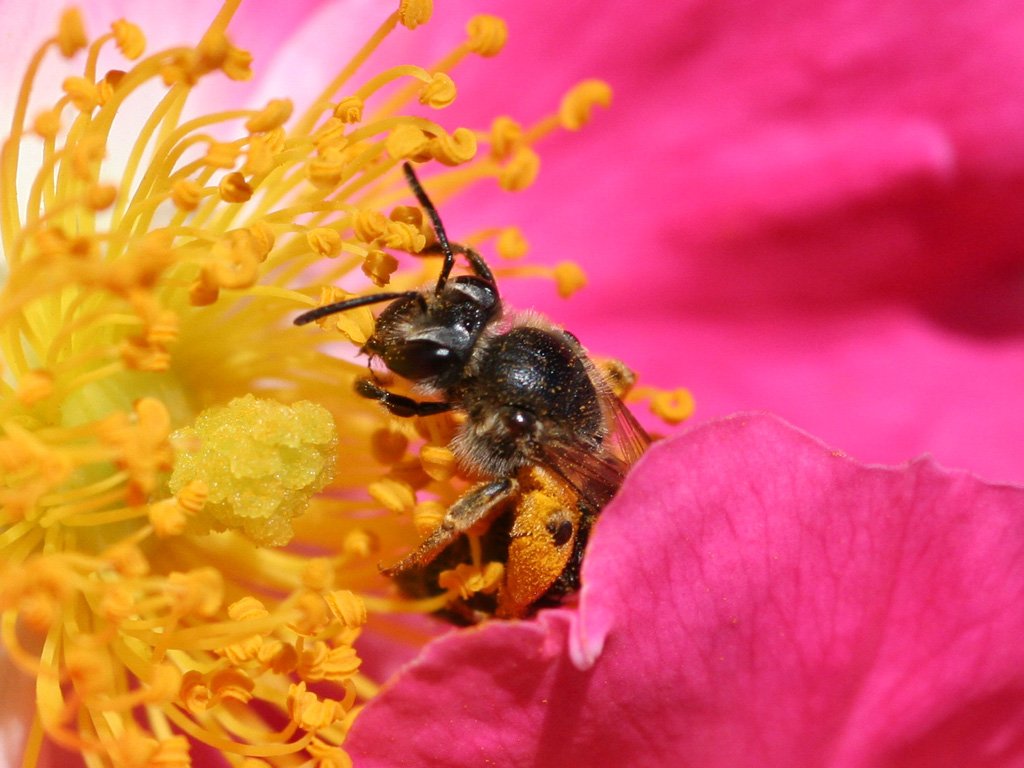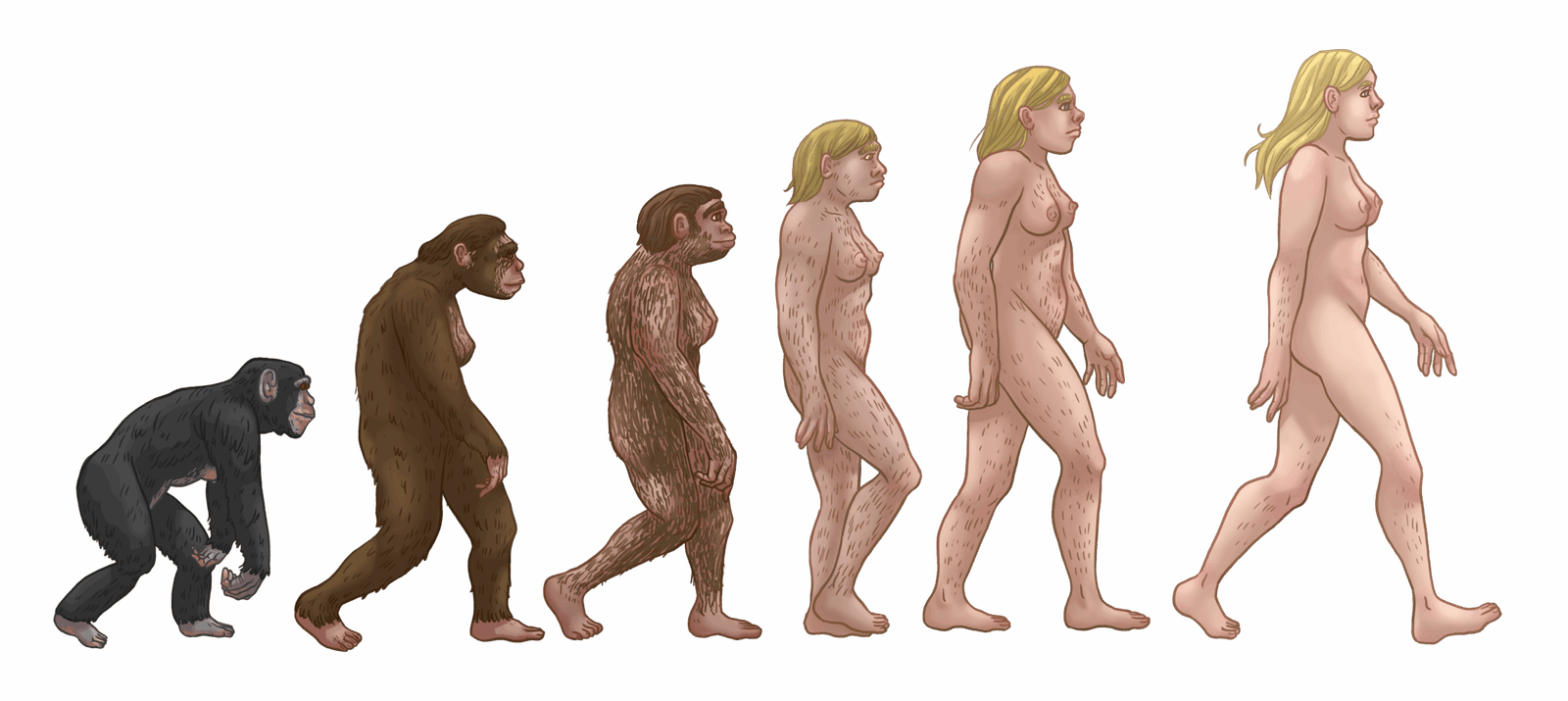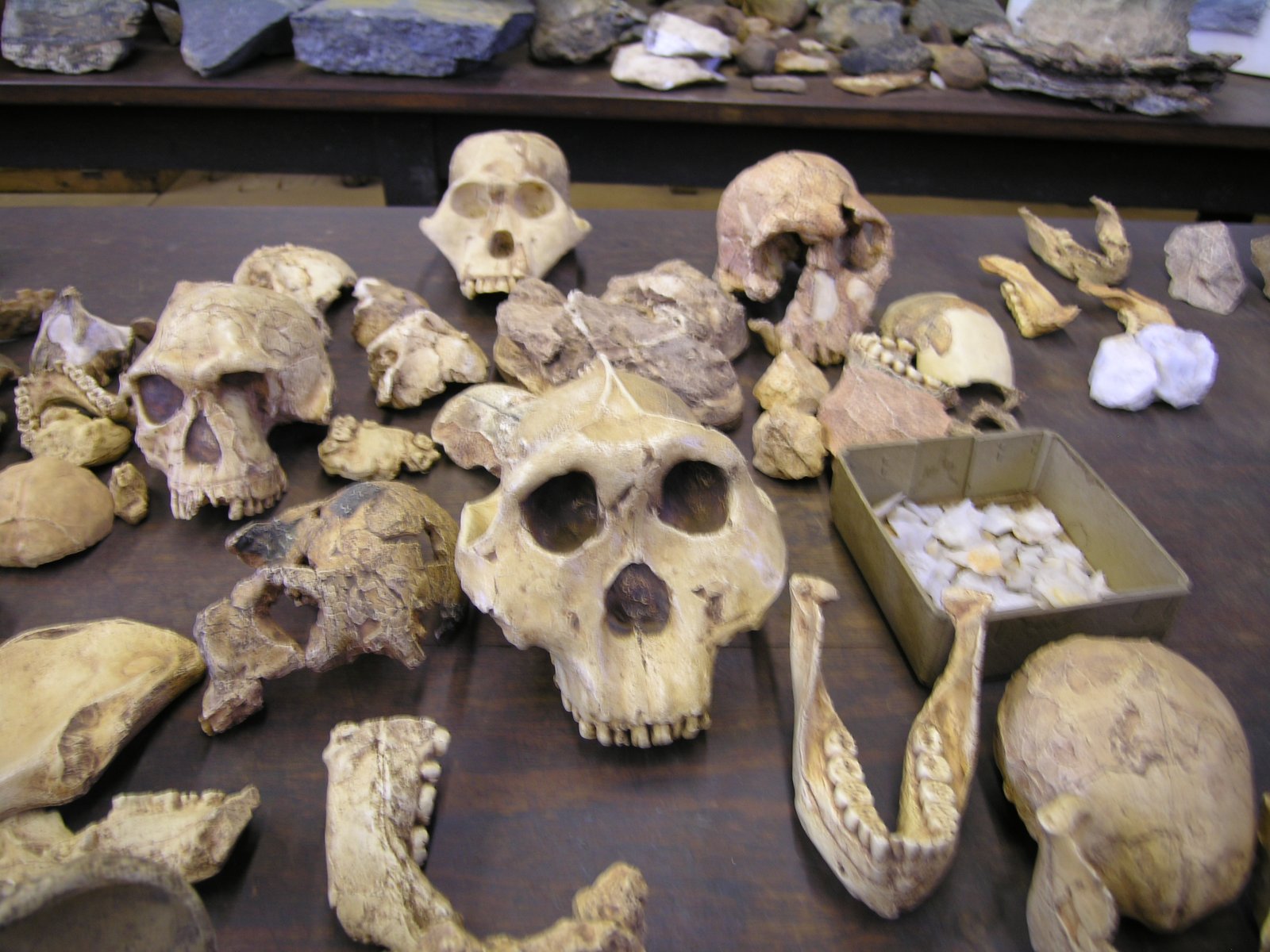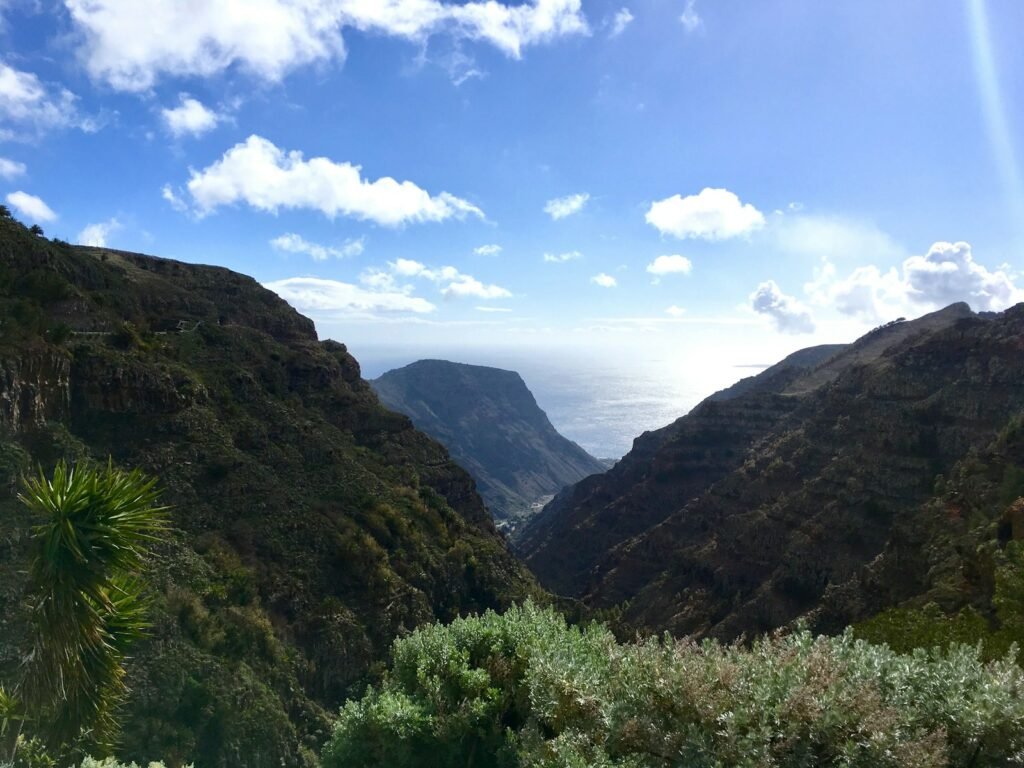Imagine a world where every sunrise brings new challenges: hotter summers, rising seas, shifting forests, and vanishing habitats. Now, picture the silent yet relentless force that has equipped life to face these trials for billions of years—evolution. As we celebrate Earth Day, it’s impossible not to marvel at how evolution, through both subtle tweaks and dramatic leaps, continues to shape the resilience and survival of life on our ever-changing planet. This is not just a story of ancient fossils or distant galaxies; it’s an urgent, living journey unfolding all around us, right now.
The Power of Natural Selection

Natural selection is the engine that drives evolution, and its impact is nothing short of astonishing. This process acts like a quiet sculptor, favoring individuals with traits that boost their chances of surviving and reproducing. Over many generations, these advantageous traits become more common in a population. For example, in the Galápagos Islands, Darwin’s finches developed different beak shapes to eat various types of food when resources changed. The beaks that helped birds survive droughts or food shortages became the new norm. This simple yet powerful mechanism ensures that species are continually adapting to whatever the environment throws at them. Without natural selection, life would be static and vulnerable, unable to cope with the relentless march of change.
Genetic Variation: The Raw Material of Evolution
Genetic variation is like a vast toolkit for survival, filled with countless possibilities. Every living creature has a unique combination of genes, and these differences are the foundation for adaptation. Sometimes, a random mutation—a tiny change in DNA—can make a huge difference. Think of the peppered moth in England: before the Industrial Revolution, light-colored moths blended into tree bark, but when pollution darkened the trees, darker moths suddenly had the upper hand. Because there was genetic variation in color, evolution could work quickly when the environment changed. This endless supply of genetic diversity is what gives species the flexibility to face new threats, whether from climate change, disease, or habitat loss.
Rapid Evolution in a Fast-Changing World
It’s a common myth that evolution is always a slow, plodding process, but recent research reveals that it can also happen at breakneck speed. When the environment shifts quickly, some species evolve in just a few generations. For instance, certain fish populations have adapted to polluted waterways by developing resistance to toxins in mere decades. Similarly, some insects become resistant to pesticides astonishingly fast, forcing us to rethink how we manage crops. This rapid evolution is not just impressive—it’s essential for survival in a world where change can happen overnight. It’s a testament to the resilience of life and the urgency of protecting the genetic diversity that fuels such swift adaptation.
Migration: Moving to Survive
Sometimes, instead of changing themselves, species change their address. Migration is an age-old strategy for coping with shifting climates and habitats. Birds, butterflies, whales, and even some trees follow ancient routes to find better food, milder weather, or safer breeding grounds. As the climate warms, many species are moving their ranges northward or to higher elevations, chasing the conditions they need to survive. This movement isn’t always easy—barriers like cities, roads, and fragmented habitats can block the way. Yet, the urge to migrate is deeply rooted in evolution, and it remains one of nature’s most dramatic and hopeful responses to a changing world.
Phenotypic Plasticity: Flexibility Without Genetic Change
Not all adaptation requires genetic change. Phenotypic plasticity is the remarkable ability of an organism to alter its behavior, physiology, or appearance in response to its environment, often within its own lifetime. For example, some amphibians can speed up their development if their pond is drying out, ensuring they become adults before their home disappears. This flexibility acts as a temporary shield, buying time for genetic evolution to catch up. Phenotypic plasticity can be the difference between surviving a sudden drought or perishing. It’s like having an emergency toolkit—adaptable, versatile, and sometimes life-saving in a pinch.
Symbiosis and Co-Evolution

Life on Earth isn’t just about fierce competition; it’s also about unlikely alliances. Symbiosis—close partnerships between different species—often leads to co-evolution, where each partner evolves in response to the other. Bees and flowers are a classic example: flowers evolve colors and scents to attract bees, while bees develop body parts that make them better pollinators. In coral reefs, tiny algae live inside coral animals, providing food in exchange for shelter. These partnerships are vital, especially as environments become more unpredictable. When one partner changes, the other must adapt, too. This intricate dance of co-evolution adds yet another layer of resilience to Earth’s tapestry of life.
Extinction and Speciation: The Double-Edged Sword
Evolution is not just about survival—it’s also about loss and renewal. Extinction is the harsh flip side of adaptation, a stark reminder that not all species can keep up with rapid change. Dinosaurs vanished when a giant asteroid struck, while today, many plants and animals are disappearing due to human activity. But from the ashes of extinction, new species can emerge. Speciation—the birth of new species—often follows environmental upheaval, as populations split and adapt to different niches. The fossil record is filled with stories of loss and renewal, showing that life’s journey is full of both heartbreak and hope.
Human Influence: The Accelerators and Guardians

Humans have become the planet’s most powerful evolutionary force, for better or worse. Our activities—deforestation, pollution, climate change, urbanization—are pushing species to adapt at unprecedented speeds. Sometimes, we accelerate evolution by introducing new challenges, like antibiotics that drive bacteria to develop resistance. But we can also play the role of guardians, using science to help species adapt. Conservationists use “assisted migration” to move endangered animals or plants to safer habitats, while geneticists explore ways to boost genetic diversity in threatened populations. Our choices will shape the future of evolution, making our responsibility both thrilling and daunting.
Climate Change: The Ultimate Test
Climate change is rewriting the rules of adaptation, presenting challenges unlike any in history. Rising temperatures, shifting rainfall patterns, and more frequent extreme weather events are forcing species to adapt—or risk extinction. Some animals are breeding earlier or changing migration patterns, while others are shrinking in size to cope with heat. Plants are flowering at new times, and pests are spreading to new regions. The sheer speed and scale of these changes test the limits of evolution. Yet, the resilience of life is awe-inspiring, reminding us that adaptation is possible, even under the most daunting circumstances.
Lessons from the Past: Ancient Adaptations

The story of evolution is written in stone and DNA, offering valuable lessons from the past. Ice ages, volcanic eruptions, and meteor impacts have all triggered waves of extinction and adaptation. After each catastrophe, life rebounded—sometimes in unexpected ways. Mammals rose after the dinosaurs fell; flowering plants flourished after ancient climate shifts. By studying these ancient adaptations, scientists gain clues about how today’s species might cope with current and future changes. These stories are a source of both caution and inspiration, showing us the incredible endurance of life.
The Role of Conservation in Supporting Evolution
Conservation isn’t just about saving individual species—it’s about protecting the very process of evolution itself. Preserving large, connected habitats ensures that species have room to migrate, diversify, and adapt. Efforts to restore wetlands, forests, and prairies help maintain the genetic variation that fuels evolution. Protected areas act as safe havens where nature can experiment and evolve. By supporting conservation, we’re investing in the long-term resilience of life on Earth. It’s a gift not only to the creatures we share the planet with, but also to future generations who will rely on nature’s adaptability.
Human Adaptation: Our Own Evolutionary Journey
Humans are not exempt from the laws of evolution. Our ancestors adapted to ice ages, droughts, and disease, developing traits that still influence us today. Modern humans continue to evolve—sometimes in surprising ways. For example, the ability to digest milk as adults is common in populations with a history of dairy farming, while resistance to certain diseases has shaped genetic diversity in various regions. As our environment changes, we, too, will adapt, both biologically and culturally. Our creativity, technology, and cooperation are powerful tools in our own evolutionary toolkit, helping us face the uncertainties of a changing world.
The Future of Evolution on Earth
As we look ahead, the story of evolution is far from over. New challenges, from global warming to emerging diseases, will continue to test the adaptability of all species. But evolution, with its endless capacity for creativity and change, offers hope in the face of uncertainty. By understanding and respecting this ancient process, we can make wiser choices for ourselves and the natural world. The next chapter of life on Earth depends on our willingness to learn, adapt, and act.
This Earth Day, the story of evolution urges us to cherish the resilience of life—and to remember that our actions shape the next turn in nature’s remarkable journey. Can you see how evolution’s silent genius is still hard at work all around us?



